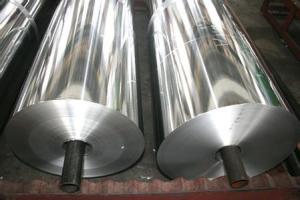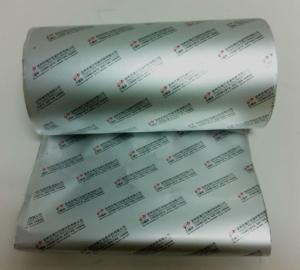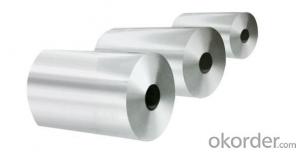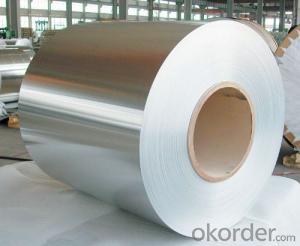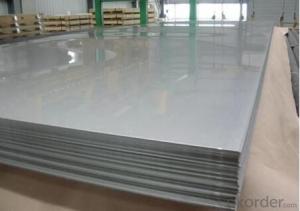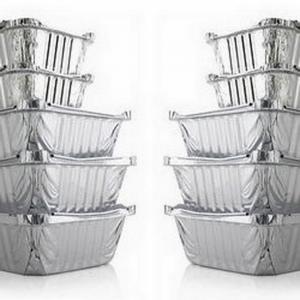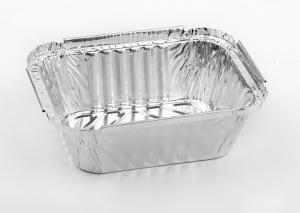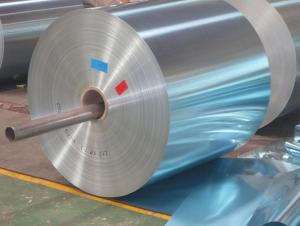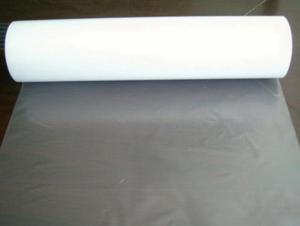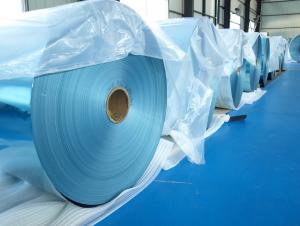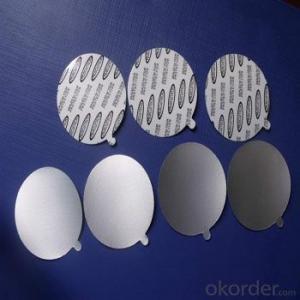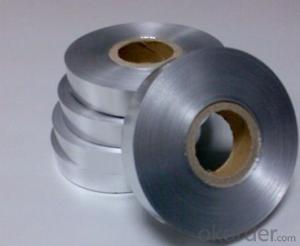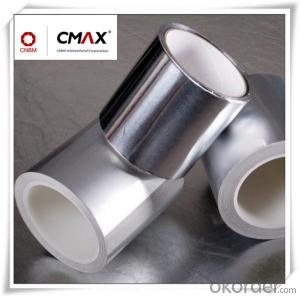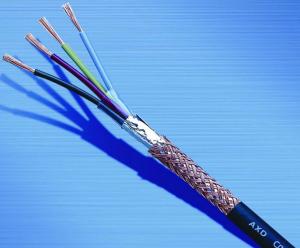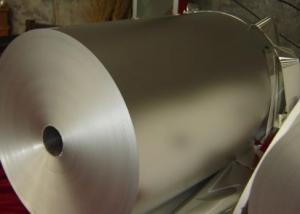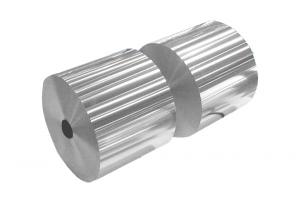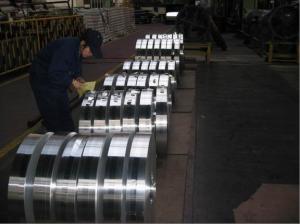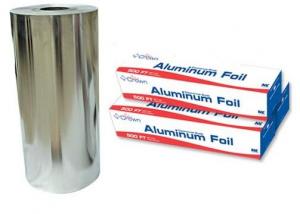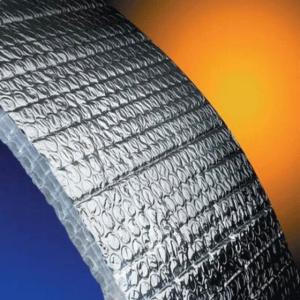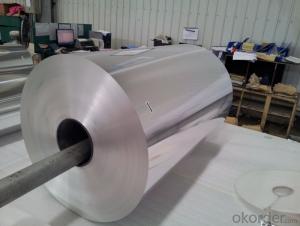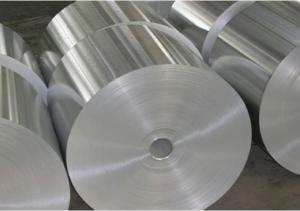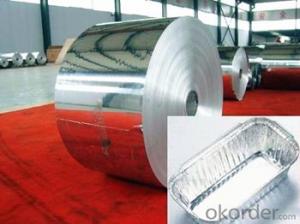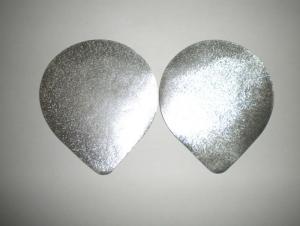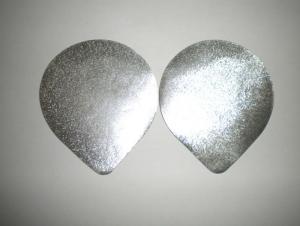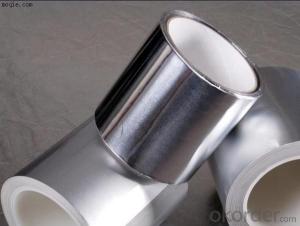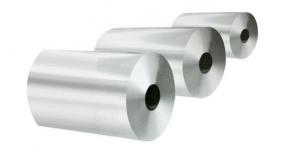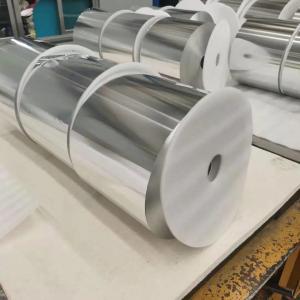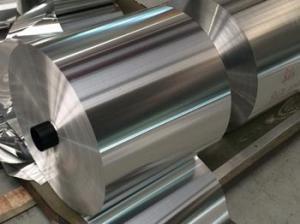Large Aluminum Foil
Large Aluminum Foil Related Searches
Large Size Aluminum Foil Big Aluminum Foil Large Roll Aluminum Foil Extra Large Aluminum Foil Large Roll Of Aluminum Foil Heavy Aluminum Foil Large Aluminum Foil Sheets Big Roll Of Aluminum Foil Giant Aluminum Foil Wide Aluminum Foil Heavy Duty Aluminum Foil Large Aluminum Foil Tray Large Aluminum Foil Pans Heavy Gauge Aluminum Foil Bulk Aluminum Foil Aluminum Foil Thick Strong Aluminum Foil Reinforced Aluminum Foil Laminated Aluminum Foil High Quality Aluminum Foil Aluminum Foil Heavy Duty Foil Aluminum Great Value Aluminum Foil Polished Aluminum Foil Aluminum Laminated Foil Adhesive Aluminum Foil Commercial Aluminum Foil Aluminum Foil Coated Durable Aluminum Foil Widest Aluminum FoilLarge Aluminum Foil Supplier & Manufacturer from China
Large Aluminum Foil is a versatile product made from high-quality aluminum material, known for its excellent heat resistance, durability, and barrier properties. It is widely used in various industries, including food packaging, pharmaceuticals, and household applications, where it serves as a protective layer and helps maintain the freshness and quality of the contents. The product is available in different sizes and thicknesses, catering to the diverse needs of various customers.Large Aluminum Foil is commonly used in the kitchen for cooking and food preservation. It can be used to cover food while baking or roasting, ensuring even heat distribution and preventing food from drying out. Additionally, it is used to wrap food items for storage, protecting them from air and moisture, which can cause spoilage. In the pharmaceutical industry, Large Aluminum Foil is utilized for the packaging of medications and medical devices, providing a sterile barrier that maintains the integrity and effectiveness of the products.
Okorder.com is a reputable wholesale supplier of Large Aluminum Foil, offering a vast inventory of this product to cater to the needs of businesses and individuals alike. As a leading supplier, Okorder.com ensures that customers receive high-quality Large Aluminum Foil at competitive prices, with the convenience of online ordering and efficient delivery services. By partnering with Okorder.com, customers can be confident in the reliability and performance of the Large Aluminum Foil they purchase, knowing that it meets the highest industry standards.

